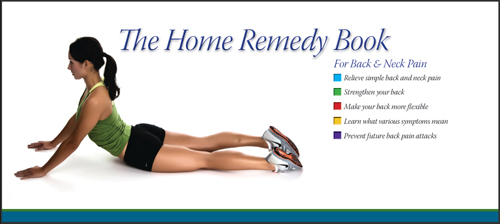- Locations
- Find a Physician
- By Physician
- By Department
- The Center for Spine Health
- Hand & Wrist Center
- Shoulder & Elbow Center
- Foot & Ankle Center
- Joint Replacement Center
- The Sports Medicine Center
- Pediatric Orthopedic Center
- Trauma & Fracture Center
- Osteoporosis and Bone Health
- Oncology Center
- Cartilage Repair Center
- Concussion Rehab Center
- OrthoDirect
- Careers
- Patient Portal
- Intranet
 Overview
Overview
Tennis elbow and golfer’s elbow are different conditions, but generally have the same treatment. Tennis elbow develops from damage to tendons on the outside of the elbow, while golfer's elbow is caused by tendons on the inside. Lateral epicondylitis is called "Tennis Elbow” and medial epicondylitis is called "Golfer's Elbow”.
Tennis and golfer’s elbow are two different conditions with similar causes and symptoms. Both are caused by repetition and overuse, and usually with an incorrect technique that increases the stress on the joint through the impact area.
They both involve pain along the forearm and elbow. However, tennis elbow causes pain on the outside of the elbow while golfer’s elbow causes pain on the inside of the elbow. Grip weakness and numbness in hands or fingers can be signs of either condition.
Tennis elbow can be prevented by having a lesson with a qualified tennis pro who can teach the player to generate their power through the impact zone with body rotation and weight shift rather than just the arm. The other important recommendation is to switch racquets, or at least reduce string tension, to transmit less vibration from the racquet into the arm at impact.
A backhand stroke can sometimes be more painful than a forehand stroke as the outer elbow is in a more exposed position through impact.
Tennis elbow is an injury caused by overuse of the wrist extensor muscles on the back of your forearm that act on your wrist. Tennis elbow can be caused by any activity that regularly uses the wrist extensor muscles. Tennis elbow symptoms include grip weakness and numbness in the fingers and hand.
Treatment
Treatment is very similar for tennis elbow and golfer’s elbow, which includes rest and time off from the activity causing the pain. Physical therapy, stretching, strengthening exercises can help reduce the pain and recovery. Biomechanics and limiting any repetitive activity plays an important role for elbow maintenance and prevention. Once pain symptoms have lessened, a therapist may recommend simulating the movement of the racquet starting with a small 2 pound dumbell to strengthen the tendons. A tennis lesson that focuses on correct stroke mechnanics and a change in racquet or string tension can be part of a successful return to tennis.








